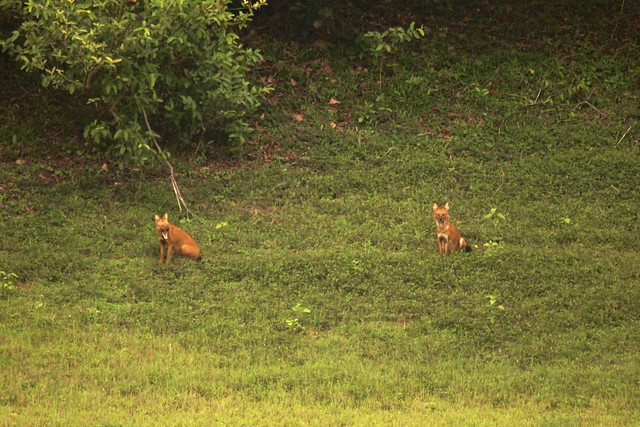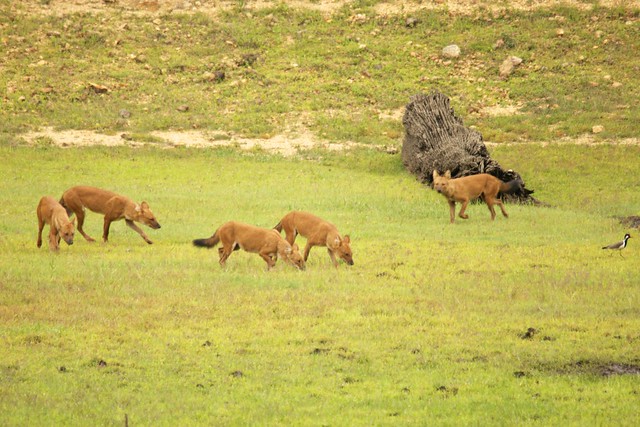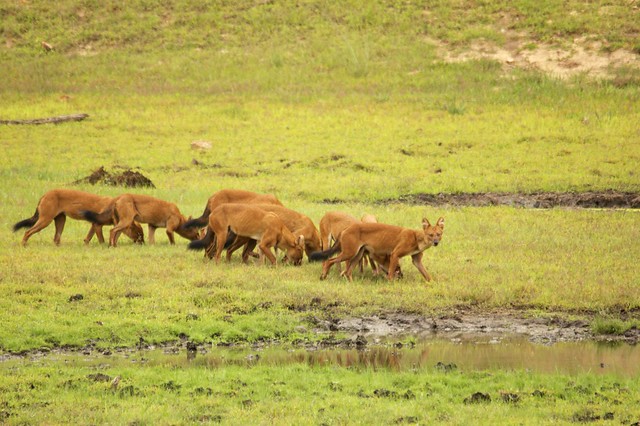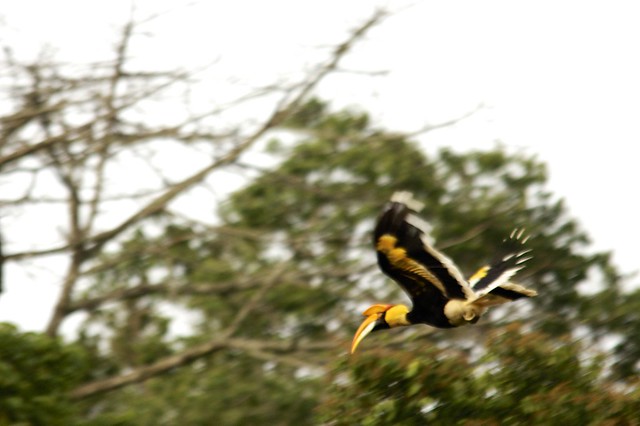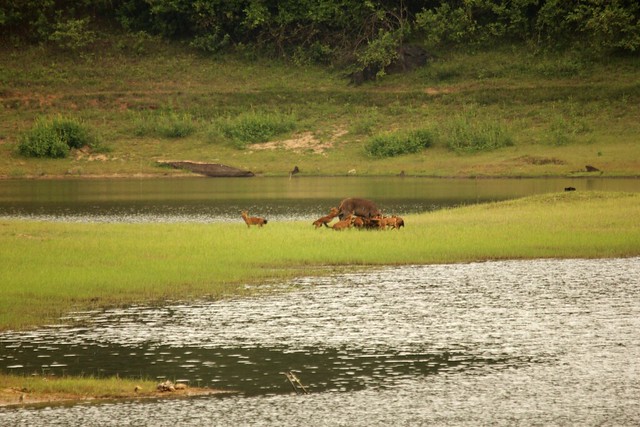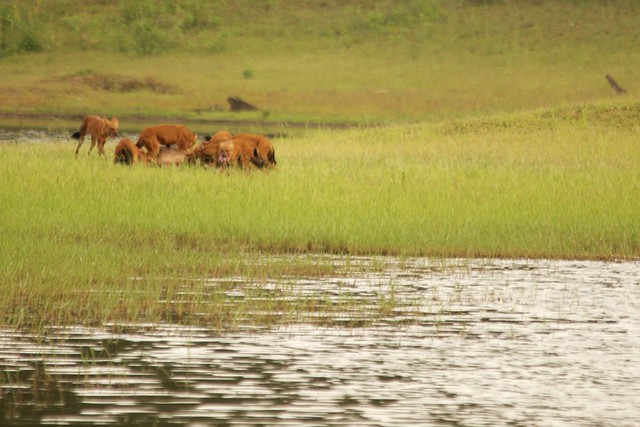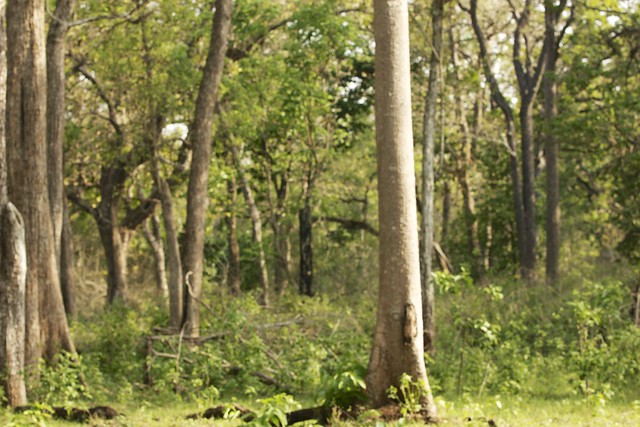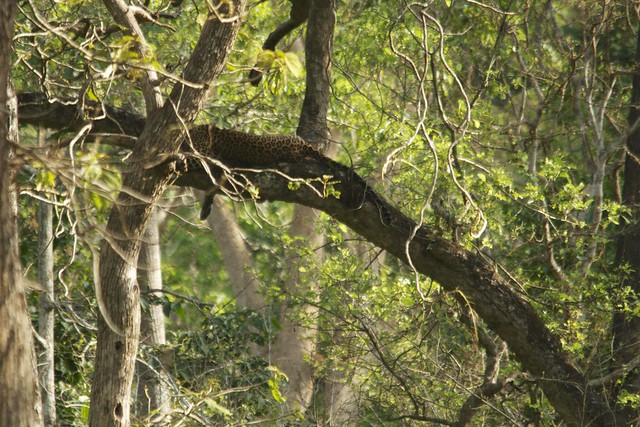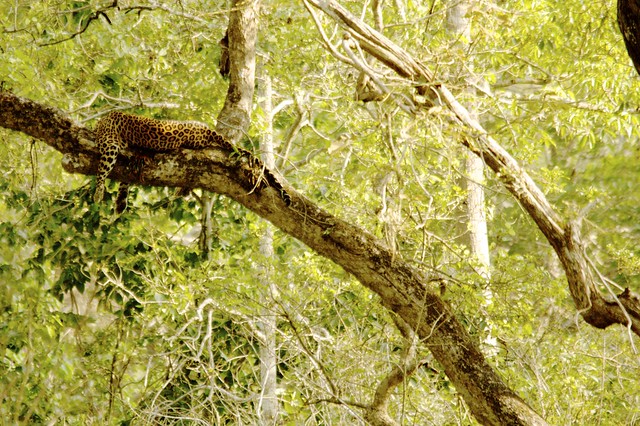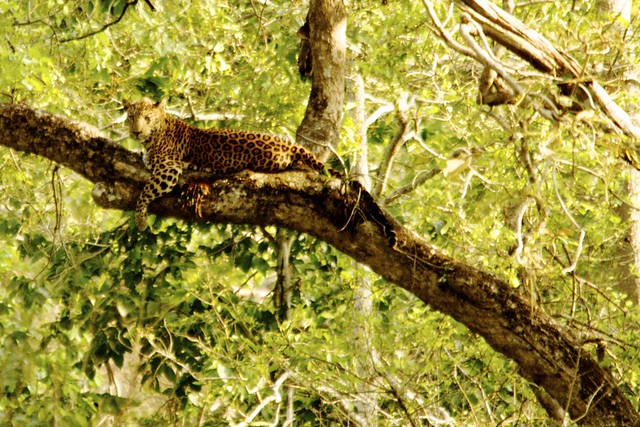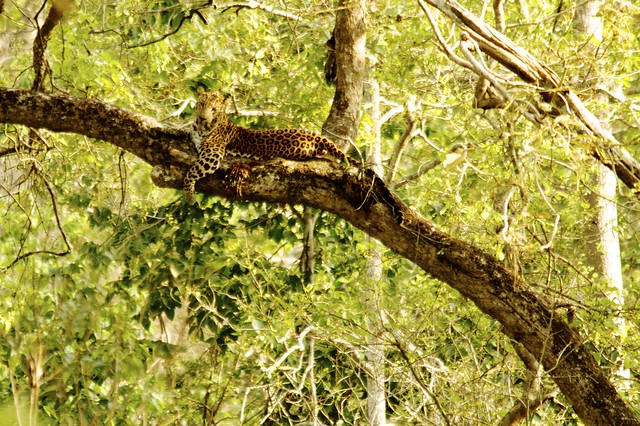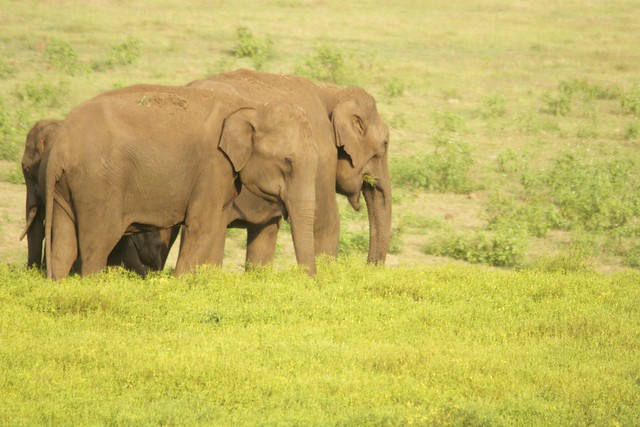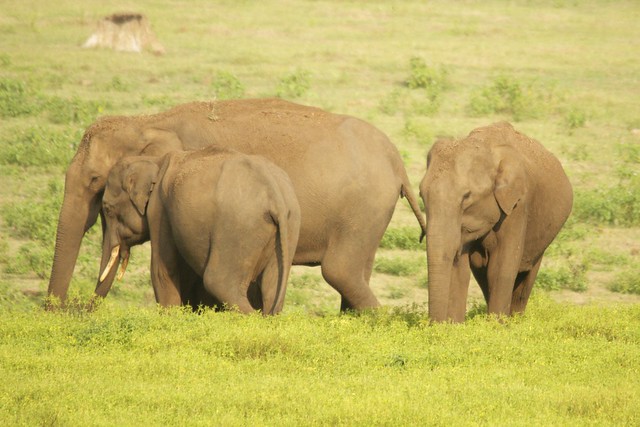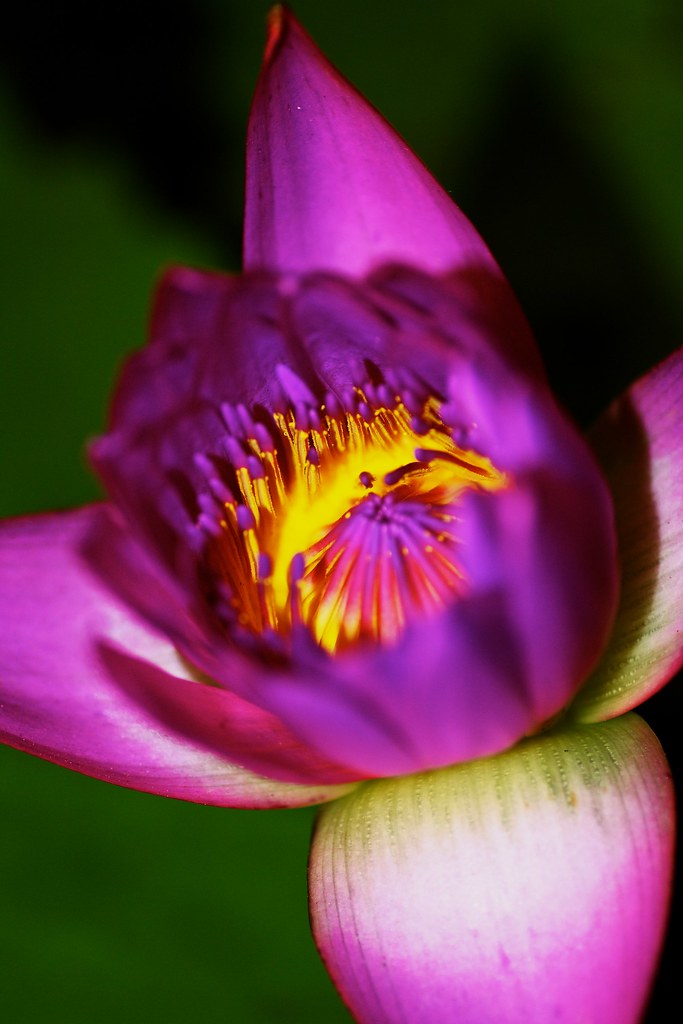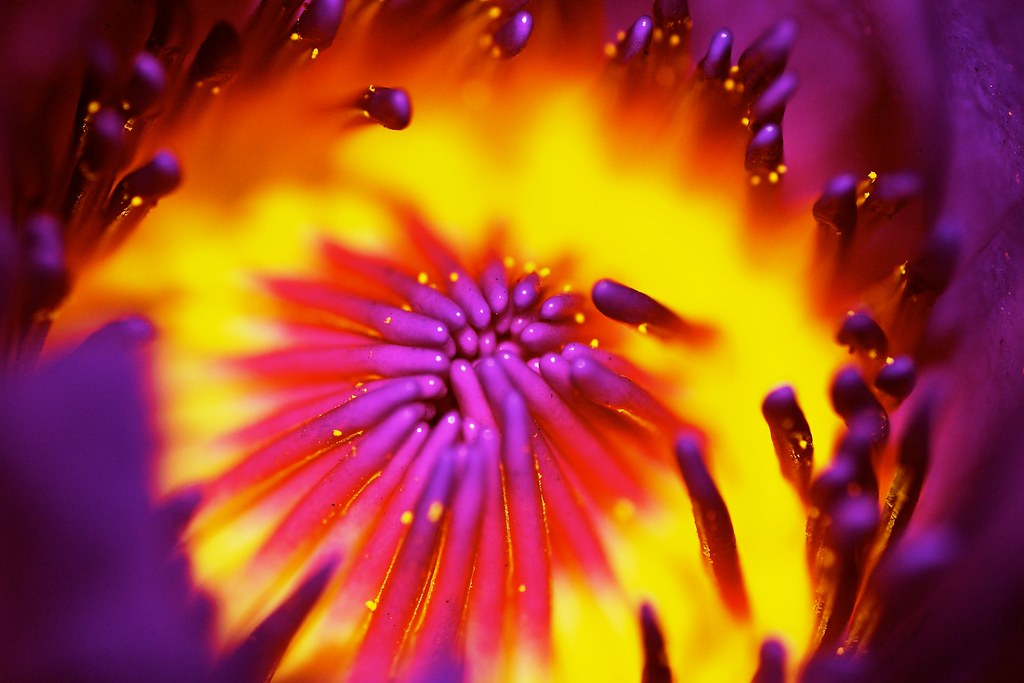I began my journey into DSLR photography with an impulse purchase. A safari holiday in Pench was coming up and I knew that a point & shoot camera would not serve the purpose. It had to be a DSLR but which one? Before I could do enough research, I yielded to the temptation of Singapore's duty free shopping. (Note: if you are in India, I would recommend that you purchase the equipment in India - prices are competitive and you get better warranty support. However, some of the high-end lenses tend to be much cheaper in the US.)
Camera Body
I began with the Canon 550D (now you can get the 600D or 700D - between the two, I recommend the 600D as value for money) which is kind of mid-level for amateurs. At about Rs 33,000, the 600D (body only) is a good place to start.

Once you start getting out a bit, and have a small collection of lenses, you get to the situation that changing lenses frequently can be a pain. Particularly, if you are on a safari drive and want to switch between a wide-angle lens to get the landscape / habitat shots and a zoom lens to shoot close-ups or distant animals, you will feel motivated to get a second body. I did.
I got the Canon 7D, categorized by Canon as semi-professional. It is still not a full-frame camera like the 5D or 1D but features-wise, it is quite advanced. And the layout is similar to the pro cameras, so you could have some confusion switching back and forth between a 600D and a 7D.

If you are looking for a second body, and don't want to invest a lot, also consider a used 60D or 7D. You are better off ploughing the savings in getting more glass (lens).
Lenses
The first lens that you are likely to get (as I did) is a kit lens that comes bundled with the camera. I got the 18-135mm f/3.5-5.6 along with my 550D. Often, the bundles are discounted and you get other accessories when you buy the lens with the body (negotiate with the dealer - memory cards, cases, extra battery... whatever you can get). As you will notice from the Canon website, just the lens is priced at Rs 35K but the 600D + 18-135mm is Rs 54K, about 14K below the sum of parts. If you are serious about photography, you will probably outlast the kit lens within a year or so... but you could get 10-15K back if you sell it, so not a bad deal for the 21K investment.
Don't think about buying one more lens till you have experimented with your kit lens. First, you need to become confident about shooting in the manual modes (Av or Tv); understand Exposure and how aperture, shutter speed and ISO can impact it. You've probably shot at least a few thousand snaps (and discarded 95% of them!) by now. Then, if you need another lens, you will know it.
Ok, so here is my lens line-up:
Standard Zoom
The Canon EF-S 17-55mm f/2.8 IS is the newest addition to my portfolio, replacing my kit lens (almost 28mos later). Why would I replace an 18-135mm with a 17-55mm? Because of the f/2.8 that will allow shooting in poor light (indoors, for instance) and offer better depth of field. Also, I have another lens that covers the 70-135mm range, so I am only missing the 55-70mm portion now.
The alternatives that I considered in this range were EF 24-70mm f/2.8L II (more expensive, no IS) and EF 24-105mm f/4L IS (similar price, smaller aperture); more importantly, I was going to lose the 17-24mm range and since I have no plans of getting a dedicated 10-22mm lens, the 17-55mm made most sense. (Note: EF-S refers to lenses that cannot be used with full-frame cameras, so that is a risk I am willing to live with.)
Telephoto Zoom
Sigma 150-500mm f/5-6.3 APO DG OS was the second lens I got, primarily for wildlife. If you want to get outdoors to shoot birds or animals on a safari, this is probably your best value for money in the category. In good light, you can get some wonderful shots and more so, if you use a tripod / bean-bag along with it. I still use this a lot because it is also much easier to carry / pack than the larger telephoto lens. An alternative to consider is the very capable (but 78% more expensive) Canon EF 100-400mm f/4-5.6L IS that loses a bit of zoom but gives slightly better aperture at 400mm.
The Canon EF 70-200mm f/2.8L IS II is my favorite lens - its performance is absolutely brilliant. Whether outdoors (action) or indoors (kids' faces), it excels. With a 2X extender, you also get a 400mm f/5.6 lens that can provide a decent alternative to more expensive / heavier lens for wildlife. I bought this on the recommendation of two colleagues and I can only reiterate that recco.
Super Telephoto
These are lenses above 300mm and have a fixed focal length. The Canon EF 400mm f/2.8L IS II falls into this category. It is like a bazooka and you can see it in my earlier cover photo. I have also used it with a 1.4X extender to get 560mm f/4 and a 2X to get 800mm f/5.6; although the auto-focus slows down considerably, image quality is superb. Experts regard this as the best lens for wildlife and action photography (for birds only, the 800mm f/5.6 may work better) and I cannot disagree!

Macro
If you are interested in macro photography you will need a macro lens. I have the Tamron 90mm f/2.8 macro 1:1 which I use once in a while but only if I have a specific plan to shoot flowers or insects. The Canon 100mm equivalents are (more expensive) alternatives to consider but from what I have read, the Tamron is almost as good.
Standard Telephoto
Very early on, I purchased the Canon EF 50mm f/1.8 without really thinking why; at a sub-$100 price, it is the least expensive lens that you can buy. But it did help me with some good low-light portraits and experimenting with depth of field. If all your other lenses have aperture at 3.5 or worse, how do you practise shots with a lens wide open? Thank you, 50mm f/1.8.
So this is what I have; I wouldn't suggest that you replicate this... your needs, context, interest and budget would surely vary. If you are interested in general photography plus a bit of nature/wildlife, I would recommend the following options (with an indicative budget; add about 10-15K more for some basic accessories):
1. Canon 600D + Canon 18-55mm f/3.5-5.6 + Canon 55-250mm f/4-5.6 ... Rs 42,000 (new Kit III - great VFM, IMO)
2. Canon 600D + Canon 18-55mm f/3.5-5.6 + Canon 70-300mm f/4-5.6 ... Rs 85,000
3. Canon 600D + Canon 18-135mm f/3.5-5.6 + Sigma 15-500mm f/5-6.3 ... Rs 130,000
(prices from Canon.co.in website today; Sigma pricing from Flipkart.com; you may get better prices elsewhere)
Final Note: I am familiar with the Canon eco-system so this post focuses on Canon (compatible) products. I am sure Nikon has similar / equivalent options. I have no commercial connection with Canon.










































